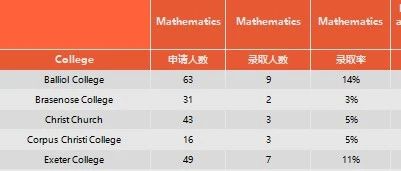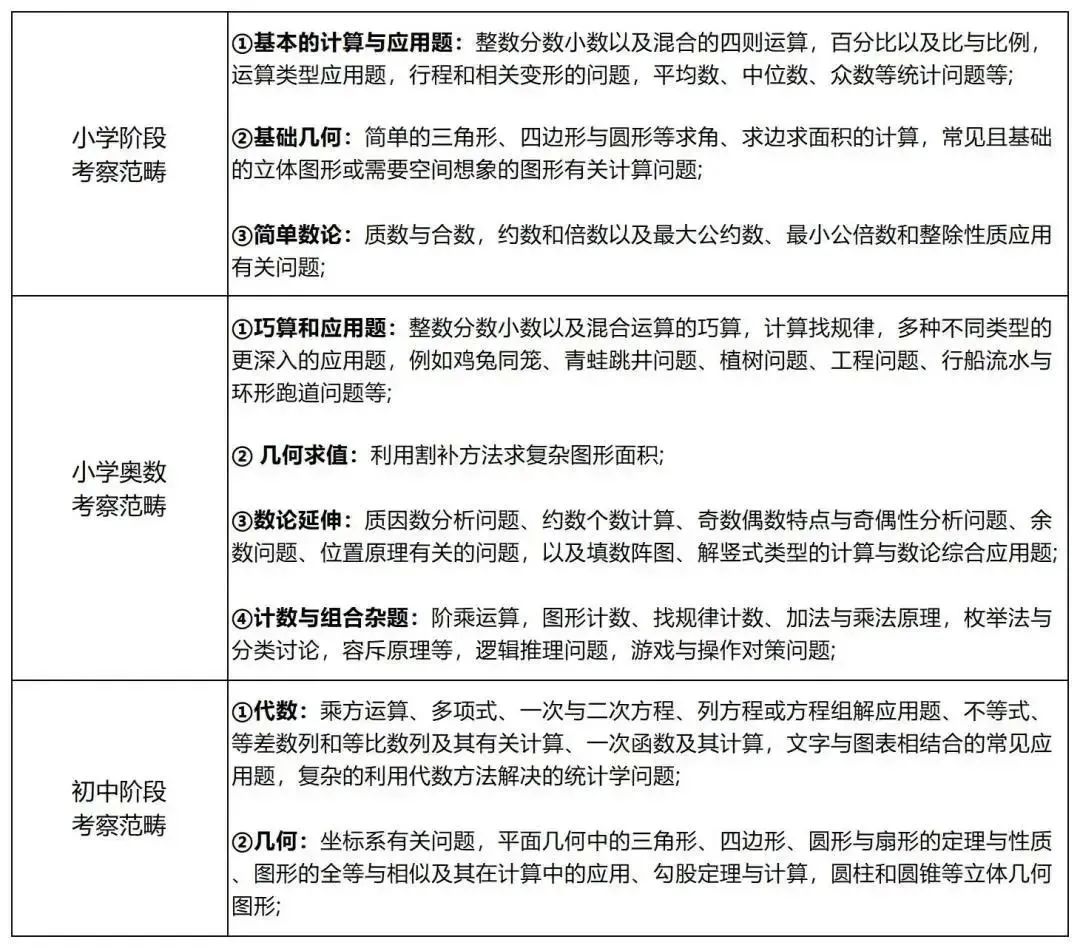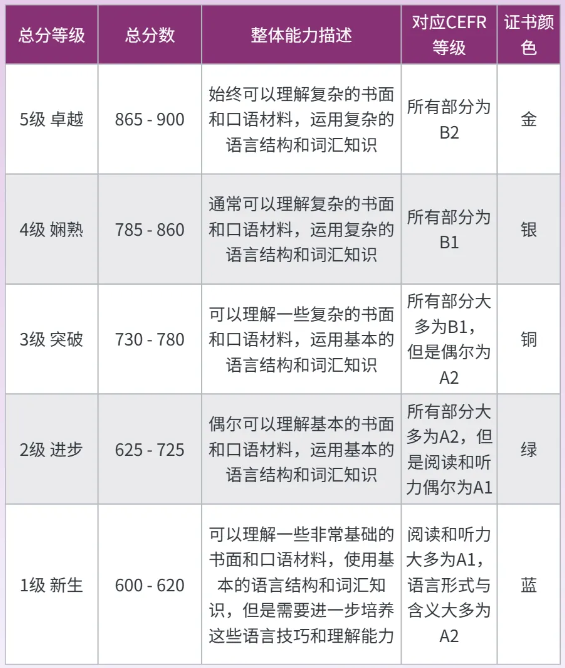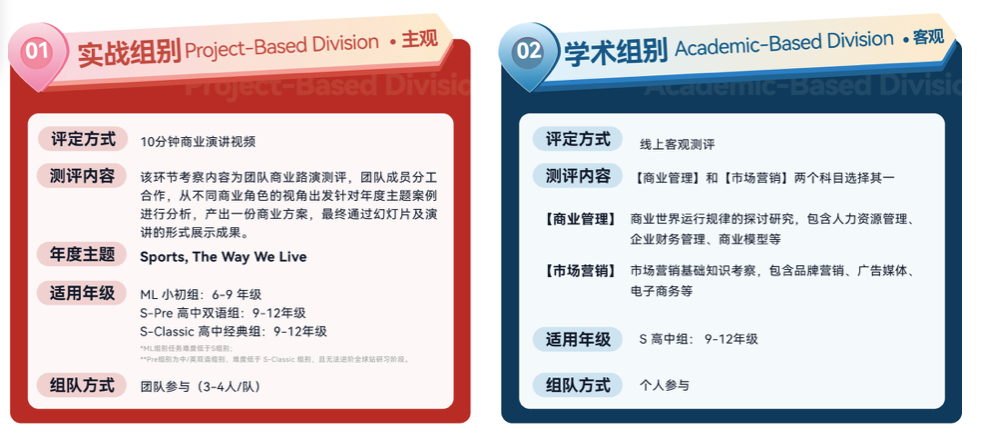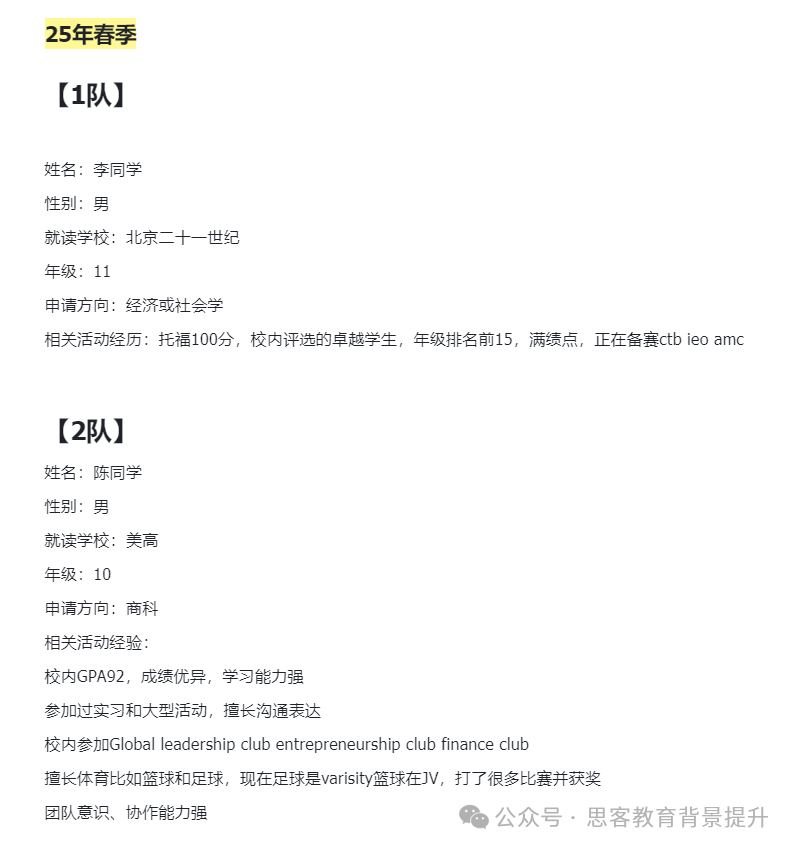之前我们讲了essay的写法:AS经济Essay:如何写好AO1和AO2?
今天我们用一个完整的题目,和大家一起过一下结构和内容,以及对应的evaluation.
特别提醒:经济大题答题方法很多,本文的思路及答案仅供参考。
9708/23/M/J/23 Q2
(a) Explain, with the help of examples, the significance of the size and sign of the coefficient of income elasticity of demand for the classification of a good and consider how confident you are of this classification.
AO1:Definition + Formula + Sign + Coefficient(所有弹性都适用,大家一定要确保完全准确)
Income elasticity of demand (YED) is a numerical measure of the responsiveness of the quantity demanded for a good to a change in consumer income. The formula is YED = % change in quantity demanded of good / % change in income. If the YED for a good is positive and the quantity demanded increases with income, the good is considered normal. When YED > 1, indicating that the percentage change in quantity demanded is greater than the percentage change in income, demand is income-elastic. Conversely, when 0 < YED < 1, and the percentage change in quantity demanded is less than the percentage change in income, demand is income-inelastic. On the other hand, if YED for a good is negative and the quantity demanded decreases with income, it is characterized as an inferior good.
AO2:分别用例子解释necessary good, luxury good和inferior good
Normal goods can be classified into necessary goods and luxury goods. For necessary goods, where 0 < YED < 1, the quantity demanded is unlikely to change significantly when income fluctuates. For instance, when income increases, the effect on the quantity demanded of water is minimal because people consume it in the required quantities. Conversely, for luxury goods, the quantity demanded is more responsive to changes in income. For example, with the same percentage change in income, the demand for luxury goods, such as mobile phones or laptops, will increase more than for necessary goods.
Regarding inferior goods, they are of lower quality than normal goods. Second-hand books and instant noodles are purchased by people only when their incomes fall. This is because they can no longer afford better quality versions of those goods, such as the newest versions of books and restaurant meals, due to the constraints on their expenditures. Consequently, when incomes fall, the demand for inferior goods increases.
AO3:写至少一个YED不一定准确的原因,然后给出一个justified conclusion,回答用YED区分商品到底是否准确
However, it's important to note that the classification depends on the income level of the individual: an inferior good for one person could be a necessity for someone else. For instance, public transportation is a necessary good for low-income earners because they use it for commuting. In contrast, high-income earners use private transportation for their commutes. They only shift to public transportation when their income decreases.In conclusion, the sign of YED can categorize goods as normal or inferior, while the magnitude of YED can categorize normal goods as necessities or luxuries. Confidence in the classification increases when the value of YED remains consistent across income ranges.
(b) When the price of a product changes, it usually changes the consumer surplus in the market. Assess how variations in price elasticity of demand for a product determine the extent of changes in consumer surplus in a market. [12]
AO1:这里a问没有考consumer surplus,我们需要解释一下基本概念
Consumer surplus is a measure of the welfare consumers gain from purchasing a good. It is defined as the difference between the price that a consumer is willing and able to pay for a good, and the price they actually pay it.

According to the diagram, shaded area represents consumer surplus, which is given by the area underneath the demand curve, bounded below by the market price. Changes in production costs will shift the supply curve, resulting in a movement along the demand curve. This will affect the amount of consumer surplus.
AO2:解释价格下降为什么会增加CS
If market price falls, quantity demanded will increase. This will increase consumer surplus.

According to the diagram, when the price falls from P1 to P2, the quantity demanded will increase from Q1 to Q2. Area A represents the gain of those who would have bought the product even at the higher price of P2. This is because the consumer surplus of each of those consumers would increase due to the price fall. Additionally, since more goods are purchased, area B represents the gain for those who would not have bought the product at P1 but are willing to pay more than P2. Overall, the increase in consumer surplus is the sum of area A and area B.
AO2:解释不同的PED对CS变化的影响。 由于a问没有提到PED,这里PED的基本概念我也进行了解释
The increase in consumer surplus will depend on price elasticity of demand (PED). Price elasticity of demand is a numerical measure of the responsiveness of the quantity demanded for a good to a change in its price. The formula is PED = % change in quantity demanded of good / % change in price of good. If PED > 1, % change in quantity demanded is greater than % change in price, demand is price-elastic. If PED < 1, % change in quantity demanded is less than % change in price, demand is price-inelastic.If demand is price-elastic, the price reduction encourages more consumers to buy the product, leading to a larger increase in consumer surplus. This is illustrated by the diagram below.

When the price falls from P1 to P2, for a product with inelastic demand, the quantity demanded will increase from Q1 to Q2 while consumer surplus increases by P1ACP2. Meanwhile, for a product with elastic demand, with the same price fall, there is a larger increase in the quantity demanded. Since quantity demanded increases from Q1 to Q3, consumer surplus increases by P1ABP2, which is greater than the case with inelastic demand.*需要注意的是,如果要对比不同的PED对CS的影响,大家一定要确保价格下降的幅度一致。
AO2:解释价格上升为什么会降低CS,以及PED的影响。 为什么要写这个呢?因为题目说的是price change. CIE应试小技巧:如果问的是change, 那上升下降都要写。
By contrast, if market price rises, quantity demanded will fall. This will decrease consumer surplus.

When the price increases from P1 to P2, the loss of consumer surplus is the sum of area A and area B. This is because those who are not willing to pay P2 would no longer purchase the product, while those who are willing to pay a price higher than P2 would have to pay a higher price.The fall in consumer surplus also depends on PED.

According to the diagram, if demand is price-elastic, the decrease in consumer surplus is equal to P2BAP1; if demand is price-inelastic, the decrease in consumer surplus is equal to P2CAP1. We can conclude that a rise in price will lead to a greater fall in the value of consumer surplus when demand is price-inelastic, because P2CAP1 is greater than P2BAP1. However, this is because the absolute amount of consumer surplus is greater when the demand is price inelastic. With the same price change, goods with elastic demand will experience a larger proportionate fall in consumer surplus due to the greater decrease in quantity demanded.
AO3:基于之前的讨论,那是不是PED决定了CS的变化呢?这里我写2个点。
1. 价格变化的幅度也会影响CS的变化。However, change in consumer surplus also depends on the relative extent of the price change. A larger price change will have a more significant impact on quantity demanded compared to a smaller price change, ceteris paribus. When the demand for a product is price-elastic, a 1% reduction in price results in only a minimal increase in consumer surplus. Conversely, even though the demand for a product is price-inelastic, a 50% price reduction could lead to a significantly larger increase in consumer surplus.
2. Demand的改变,price会变化,CS的变化和PED关系就不大了 It is also important to note that changes in demand can significantly affect consumer surplus. For example, when a good becomes more desirable, consumers are willing to pay more for a given quantity of the product, causing the demand curve to shift upwards. If supply is price-elastic, an increase in demand will result in a relatively smaller rise in the market price, leading to a more substantial increase in consumer surplus. Therefore, if price changes are driven by factors on the demand side, changes in consumers' willingness to pay and the price elasticity of supply become more critical factors in determining changes in consumer surplus.
最后,给出一个justfied conclusion,指出CS的变化到底是不是由PED决定 In conclusion, when considering the same price change, variations in PED determine the extent of changes in consumer surplus, with elastic demand resulting in greater changes. However, the magnitude of price changes and consumers' willingness to pay for each unit also impact consumer surplus. Therefore, it's important to note that variations in PED are not the sole factors to consider.






